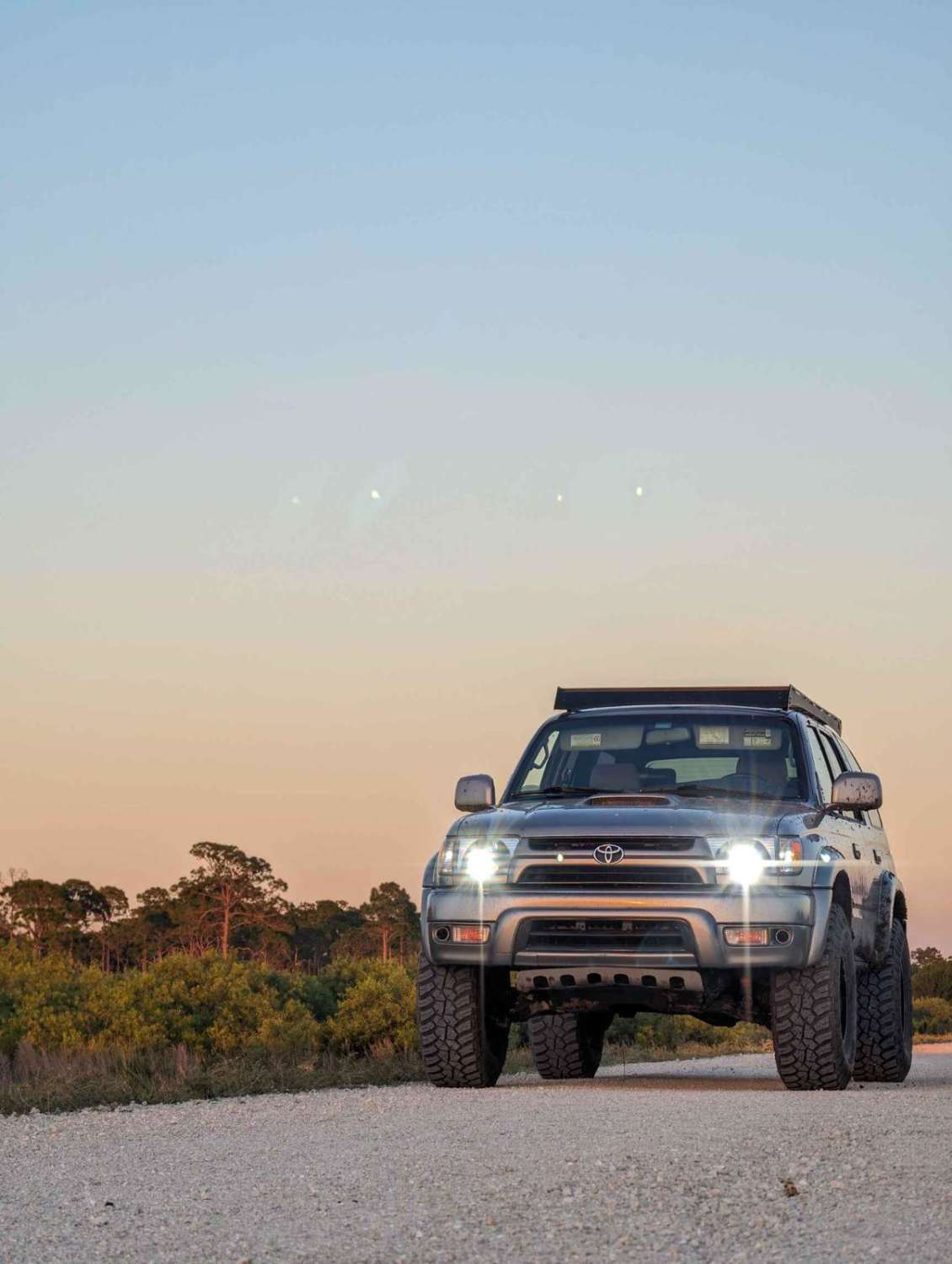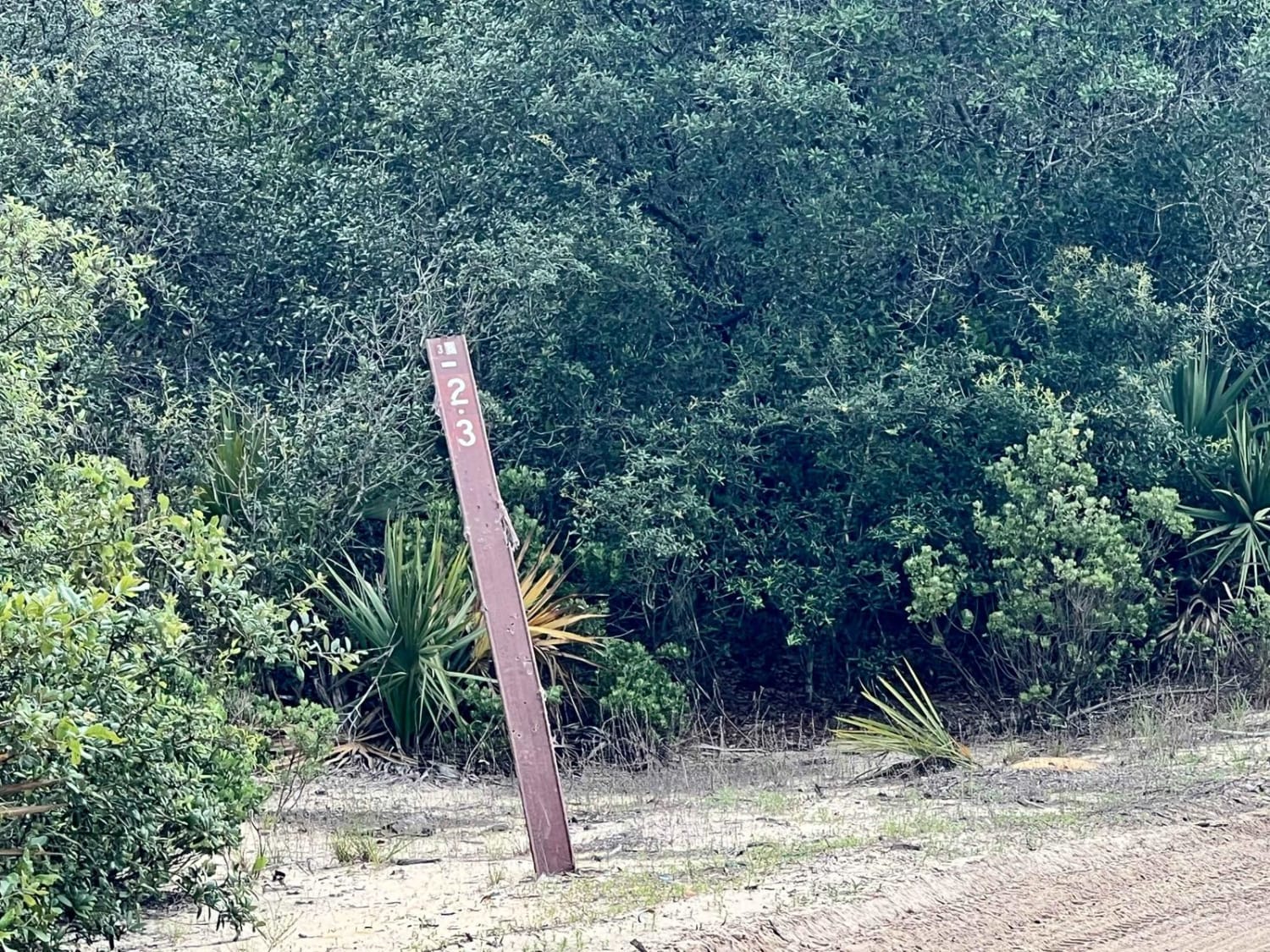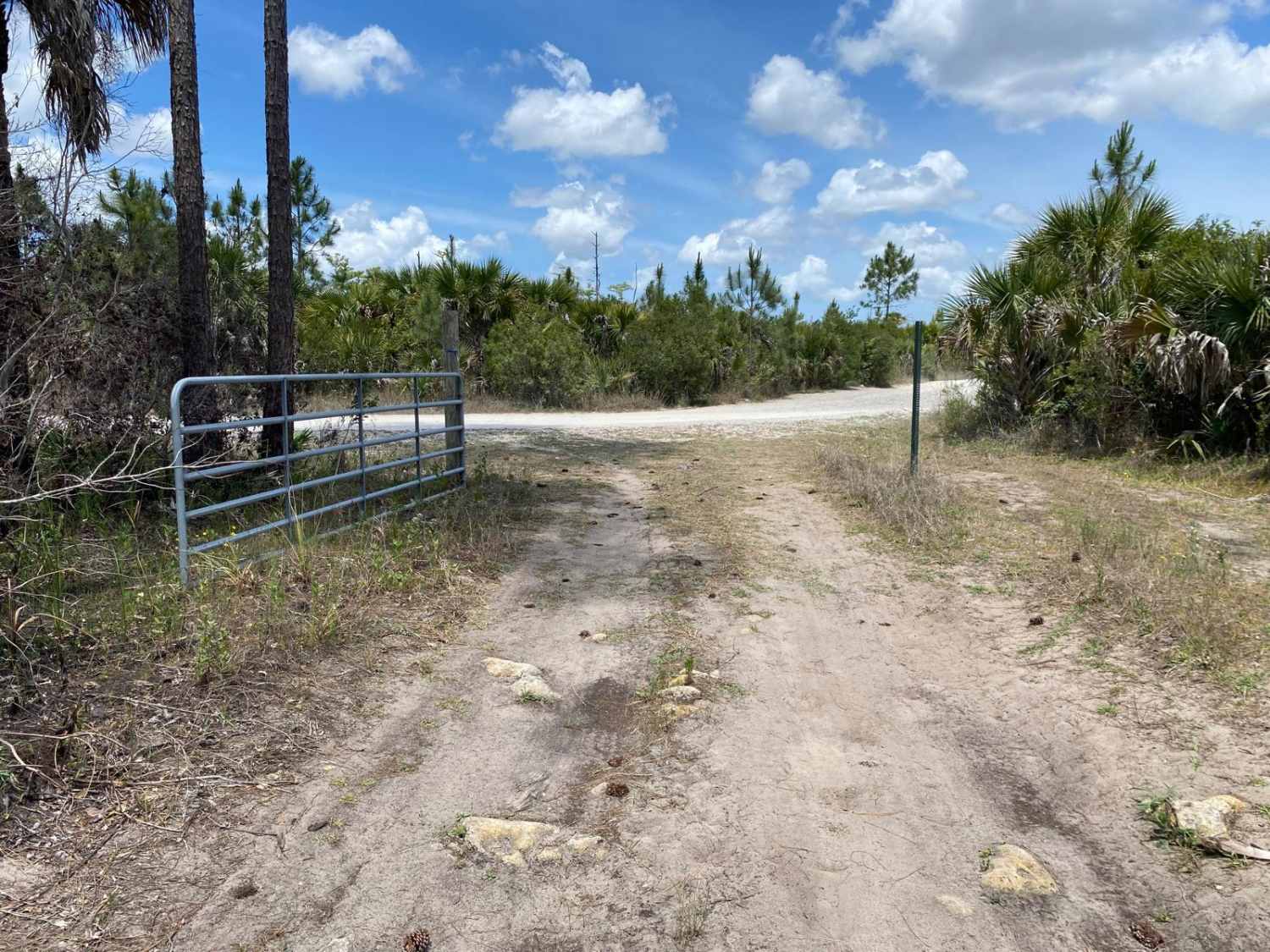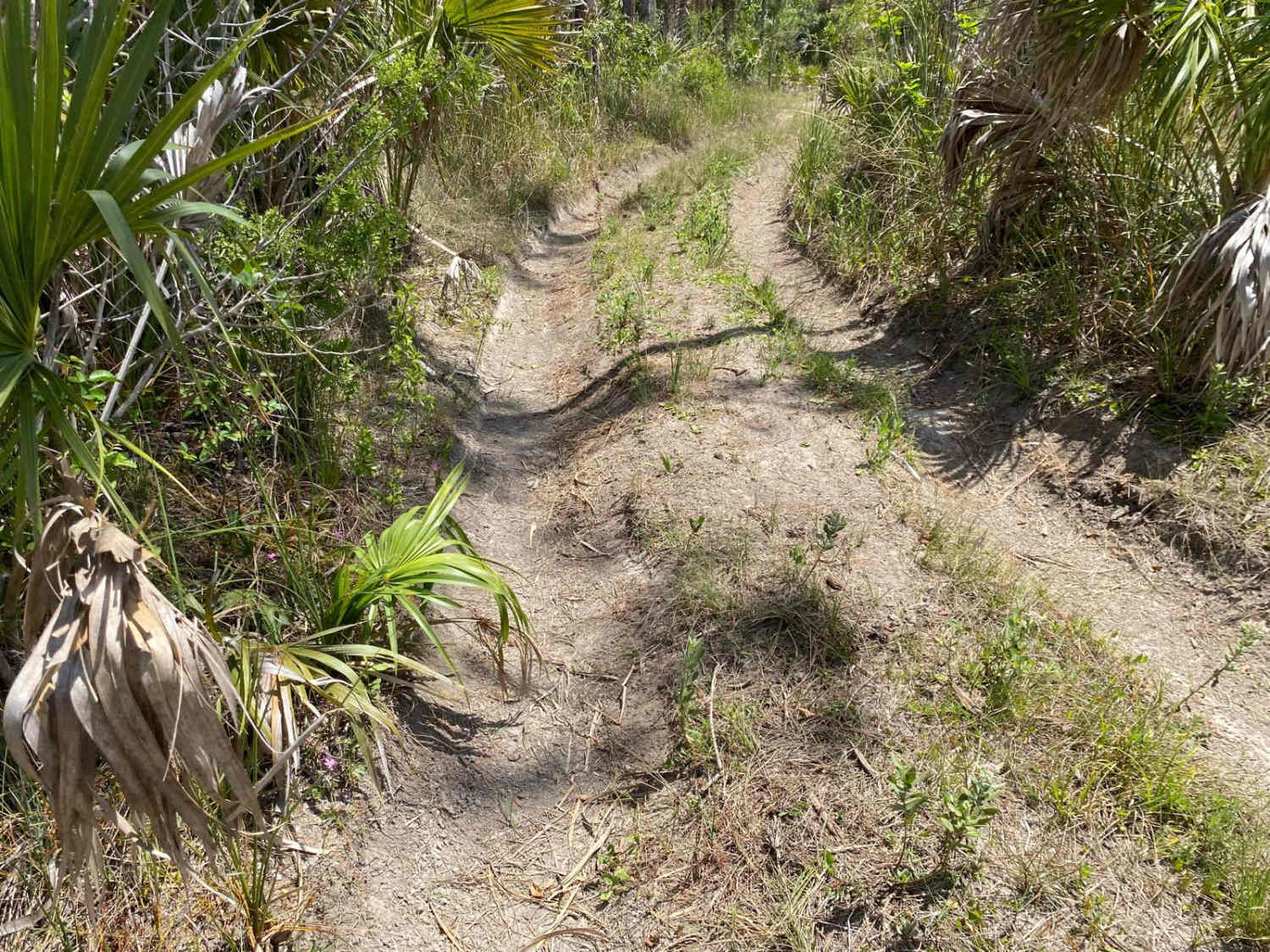68th Ave Extension
Total Miles
3.9
Technical Rating
Best Time
Spring, Winter
Trail Type
Full-Width Road
Accessible By
Trail Overview
This trail is located within the Picayune Strand State Forest and the Florida Fish and Wildlife Commission's (FWC) Picayune Strand Wildlife Management Area (WMA). This trail and the WMA are open to public recreational access year-round. Although access is open year-round, access is limited to registered motor vehicles. The use of airboats, all-terrain vehicles, recreational off-highway vehicles (side-by-sides), swamp buggies, tracked vehicles, or unlicensed or unregistered motorcycles is prohibited. Class 1 electric bicycles may be operated according to rules for traditional, non-motorized bicycles. All other electric bicycles may be operated only on named or numbered roads open to motorized vehicles. The trail starts at the gate located on the Triple G Loop trail. The trail heads east and across Miller Blvd. The trail terminates over a backfilled drainage canal. The trail termination is part of the Everglades restoration project. The trail will have painted white blaze patches on trees along the trail to help mark trail boundaries. Areas off-limits to vehicles are posted with signage. Stay on the designated trail and do not extend beyond the blazed boundary limits. Most of the trail is single vehicle wide with little or no areas to pull off or turn around. The trail traverses across a variety of wildlife habitats ranging from cypress swamps, wetland marsh prairies, strands of bottomland hardwoods, upland pine land flats, and oak hammocks. The trail bottom varies as it crosses these ecosystems and habitats. The trail bottom can be loose deep sand, then transition to loose soft dirt, then into compacted dirt/sand. These transitions can occur quickly, turning from solid, compacted tracks to deep, loose material that will hang a vehicle not equipped properly. The grades on the trail also vary, some minor inclines and banking on tight corners. The trail is also very heavily rutted, with rocks, stumps, and buried branches or remnants of fallen trees that could potentially damage the undercarriages of low-clearance vehicles. Note that much of this trail may be very wet with deep mud during summer, to as late as early-mid winter. Numerous areas can have deep sticky mud that can be up to 3' in depth. Even the bypass areas have deep rutting, and in the wet season, can be sticky with mud and difficult to cross. In addition to the mud, during the wet season, it is possible to encounter very deep water. This is not a maintained roadway; therefore, following storms, wind events, or wildfires, obstacles greater than 18", such as fallen trees, branches, exposed roots, stumps, rocks, or washes/erosion, are possible. Wildlife observation opportunities abound. There is a possibility of observing a variety of wildlife. This is an active WMA and preservation area; several open hunting seasons start late summer and extend through Spring. This is a bear and panther habitat. If you choose to venture away from your vehicle for a hike or walk, remember to be aware of your surroundings, keep your pets on a leash, lock your vehicle, and secure any food items. During drought conditions, wildfires can pop up quickly and unexpectedly, spreading fast. Watch the Department of Forestry website and the Florida Fish and Wildlife Commission website for any adversaries.
Photos of 68th Ave Extension
Difficulty
The trail bottom can be loose deep sand, then transition to loose soft dirt, then into compacted dirt/sand. These transitions can occur quickly, turning from solid, compacted tracks to deep, loose material that will hang a vehicle not equipped properly. The grades on the trail also vary, some minor inclines and banking on tight corners. The trail is also very heavily rutted, with rocks, stumps, and buried branches or remnants of fallen trees that could potentially damage the undercarriages of low-clearance vehicles. Note that much of this trail may be very wet with deep mud during summer, to as late as early-mid winter. Numerous areas can have deep sticky mud that can be up to 3' in depth. Even the bypass areas have deep rutting, and in the wet season, can be sticky with mud and difficult to cross. In addition to the mud, during the wet season, it is possible to encounter very deep water. This is not a maintained roadway; therefore, following storms, wind events, or wildfires, obstacles greater than 18", such as fallen trees, branches, exposed roots, stumps, rocks, or washes/erosion, are possible.
History
The Picayune Strand is part of the planned Everglades restoration project. The forest and surrounding lands play crucial roles in the health of the Everglades ecosystem. In the 1940s and 1950's this land was logged for hardwoods. After logging of cypress and pines was completed, the land was sold to developers who planned the world's largest subdivision development, which later turned into a scam. In the mid-1980s, the first purchase of land to preserve the land was completed. Today, the forest is composed of nearly 75,000 acres dedicated to the Everglades restoration and preserving habitat for the Florida Panther and many other wildlife species.
Status Reports
68th Ave Extension can be accessed by the following ride types:
- High-Clearance 4x4
- SUV
- Dirt Bike
68th Ave Extension Map
Popular Trails

Wagon Wheel Road - CR 837

Old Jacksonville Rd - Osceola NF 263

Indian Trail Road

Ocala National Forest | Trail 38-2.3
The onX Offroad Difference
onX Offroad combines trail photos, descriptions, difficulty ratings, width restrictions, seasonality, and more in a user-friendly interface. Available on all devices, with offline access and full compatibility with CarPlay and Android Auto. Discover what you’re missing today!

